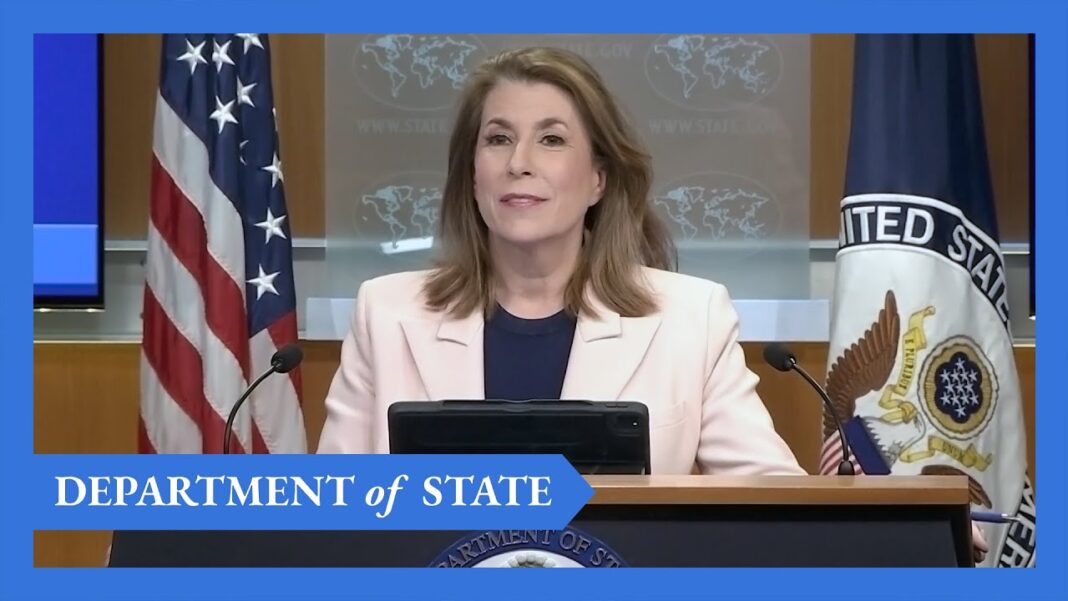The gift and estate tax exemption could drop from $13.99 million to around $7 million in 2026.
They say the only things that are certain are death and taxes. But they can come at once in the form of the estate tax, often referred to as the death tax. However, most people won’t pay estate taxes. That’s mainly because of the large lifetime gift and estate tax exemption of $13.99 million for 2025. That means estate taxes are levied on the value of estates exceeding that amount. But that can change dramatically.
The large threshold was set by the Tax Cuts and Jobs Act (TCJA), made official by President Donald Trump in 2017. But without a move from Congress, the lifetime gift and estate tax exemption is set to go back to pre-2017 levels of about $7 million. This could push many affluent families into the estate tax zone—especially those with expensive homes that have increased in value and are in high-income areas.
But there’s a way around this. You could take advantage of a qualified personal residence trust (QPRT).
What Is a QPRT?
A qualified personal residence trust is a type of irrevocable trust that allows you to transfer a personal residence to the trust, while retaining the right to live on the property for a certain number of years before it passes on to your heirs or beneficiaries.
When you establish the QPRT and transfer your home, the trust owns the property. This causes your home’s value and any appreciation to technically leave your taxable estate. But it can also reduce gift tax liability when transferred to your beneficiaries.
That’s because the value of your home at the time of transfer to the trust is reduced by something called your “retained interest” before it passes onto your heirs. The retained interest is the value of your right to live in the property rent-free for a certain number of years. It’s calculated using the home’s value, your age, the time you’ll keep living in the residence under trust terms, and the rate set by the IRS (Section 7520). The remainder interest is a percentage that’s deducted from the home’s fair market value. The result is subtracted from the home’s fair market value to get the remainder interest. That is the value for gift tax purposes.
By Javier Simon







